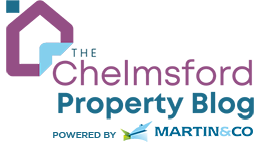In a competitive market, we know that as long as your property is priced attractively, it will sell. However, many people spend a fortune on improving their home expecting at least the cost of the improvements to be returned to them via an increased sale price. This can be a mistake, as around 90% of a property’s value can usually be attributed to its location and size – the two things you can’t change!
Our advice on this is to be careful. Certainly, improve your home to make it appeal to prospective buyers, but your primary objective should not necessarily be to add significant value, but to enhance saleability. This means making your property more desirable than the other properties currently on the market at about the same price.
You can make any property desirable simply by quoting a price which makes it look amazingly good value next to the others, which may themselves of course be overpriced. However, without throwing your money into subsidising someone’s purchase, there are simple things that can be done to make sure your property looks its best and clearly worth the price you are quoting.
Much of it relates to lifestyle as much as it does to bricks and mortar. For example, a thorough spring clean complete with the smell of pine bleach in the bathroom suggests you’re proud of your home and care for it. Cost? Probably about 20p!
How about a lick of paint on the doors? Stripped floorboards generally look better than worn carpets, and a day’s work in the garden pays real dividends. Try new light fittings or re-grouting the bathroom tiles. Also, remove any superfluous items from the garden and inside the property, keeping your storage areas tidy as well.
The key is not to rely on your prospective buyers’ intuition! Make it easy for them to imagine how pleasant it would be to live in your property, and you could well prompt an early sale. Please feel free to contact use for specific advice regarding your own property – we’re here to help!



